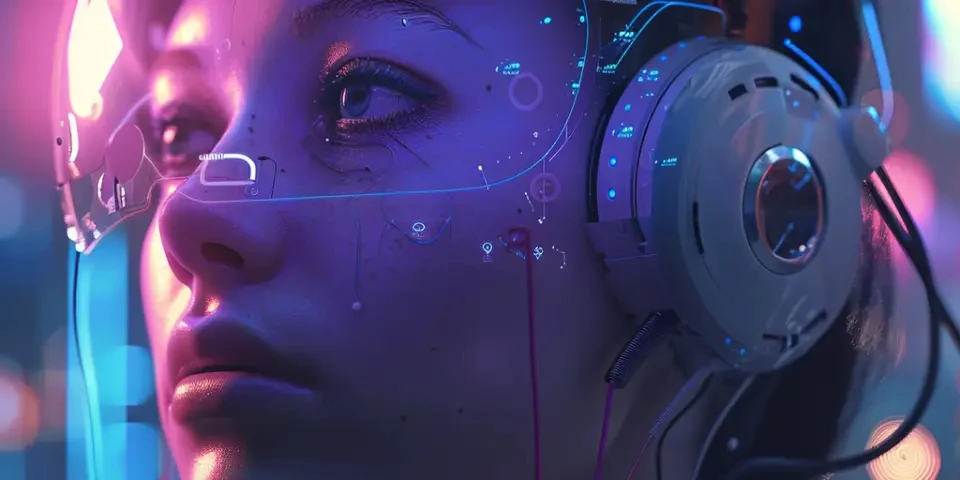AI-powered Education Enhancing Learning and Enriching the Classroom Experience
Artificial Intelligence (AI) has become a revolutionary technology in various fields, and education is no exception. With AI-powered tools and systems, learning has taken a leap forward, providing students with personalized experiences and enhancing the effectiveness of teaching methodologies. In this article, we will explore how AI is transforming education and enriching the classroom experience.
1. Personalized Learning & Adaptive Assessments
AI-powered education systems have the ability to adapt to the individual needs of students. Intelligent algorithms analyze student performance and tailor learning materials accordingly. For instance, adaptive learning platforms like Knewton and ALEKS provide personalized learning paths for each student based on their knowledge gaps and strengths. This targeted approach ensures that students receive the right content at the right pace, increasing their engagement and overall learning outcomes.

Additionally, AI-enabled assessment tools can evaluate students' understanding in real-time. Platforms like WISEflow and Inspera use machine learning algorithms to automatically grade assignments and exams. This saves teachers time, provides instant feedback to students, and allows for timely intervention to address areas of weakness.
2. Intelligent Tutoring Systems
AI-powered intelligent tutoring systems provide students with personalized guidance and support. These systems use natural language processing and machine learning algorithms to interact with students, simulate human-like conversations, and offer tailored explanations. For example, Duolingo, an AI-driven language learning platform, provides individualized feedback to learners, helping them improve their language skills step by step.
Furthermore, virtual assistants like Amazon's Alexa and Google Assistant can be used as educational tools. Students can ask questions, seek clarifications, and engage in interactive learning experiences. These voice-activated AI assistants make learning more interactive and enjoyable, fostering a positive classroom environment.
3. Enhanced Administrative Tasks
AI streamlines administrative tasks for educators, enabling them to focus more on teaching and student interaction. AI-powered systems can automate attendance tracking, grading, and scheduling. This saves time and eliminates manual errors. For example, tools like PowerSchool and Blackboard Learn help automate administrative tasks in educational institutions, providing educators with more time to engage with students.
4. Intelligent Content Creation and Curation
AI algorithms can analyze vast amounts of educational content, generating tailored learning materials for students. For instance, tools like Cognotion and Wittyparrot enable teachers to curate and personalize educational content easily. These AI-powered platforms assess student needs and interests and suggest relevant resources, allowing educators to create engaging and customized lesson plans.
Moreover, AI can generate virtual simulations, transforming abstract concepts into tangible experiences. For example, Labster offers virtual science laboratories that simulate real-life experiments, allowing students to practice and explore without physical constraints.
5. Data-Driven Insights for Educators
AI helps educators gain valuable insights into student learning patterns, identifying areas of improvement and optimizing instructional strategies. By analyzing large datasets, AI algorithms can detect learning gaps, school-wide trends, and student progress indicators. Tools like Brightspace and Moodle provide educators with comprehensive analytics dashboards, enabling them to make data-driven decisions and personalize their teaching approaches.
6. Intelligent Language Translations
AI-powered language translation tools facilitate cross-language communication and learning. Platforms like Google Translate and Microsoft Translator use neural networks to provide accurate translations, enabling students to access educational resources in their native language. This enhances inclusivity and promotes global collaboration among students from different linguistic backgrounds.
7. Virtual Reality and Augmented Reality in Education
AI, combined with virtual reality (VR) and augmented reality (AR), opens up new possibilities in education. VR immerses students in virtual environments, offering interactive and engaging learning experiences. AR overlays digital information onto the real world, enriching the learning environment. Applications like Google Expeditions and Nearpod VR provide students with virtual field trips, allowing them to explore historical sites, natural habitats, and scientific phenomena.
8. Addressing Learning Disabilities
AI offers innovative solutions to address learning disabilities and provide inclusive education. For instance, tools like Grammarly and ReadSpeaker assist students with dyslexia, offering grammar and text-to-speech support. AI-powered devices, such as smart pens, can convert handwritten notes into digital text, aiding students with fine motor skill difficulties. These technologies level the playing field for students with disabilities, empowering them to succeed in their education.
Frequently Asked Questions (FAQs)
Q: Will AI replace human teachers?
A: No, AI is not intended to replace human teachers. Instead, it complements their efforts by providing personalized support, automating administrative tasks, and improving teaching methodologies.
Q: Is AI-powered education expensive?
A: While certain AI-powered tools and platforms may have associated costs, many educational institutions are investing in AI to enhance learning experiences. Over time, as the technology develops, costs are likely to decrease.
Q: How does AI ensure data privacy in education?
A: AI platforms and tools should adhere to data protection policies and regulations. Educational institutions and technology providers work collaboratively to safeguard student data and ensure privacy through secure systems and protocols.
Explore your companion in WeMate